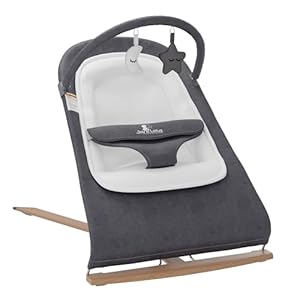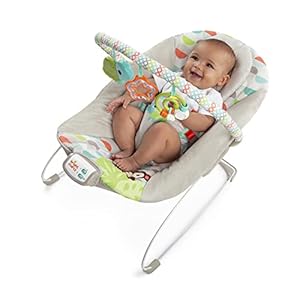
When it comes to incorporating babywearing into your exercise routine, safety is paramount. Ensuring your little one is secure and comfortable while you move is crucial for a successful workout session. But what are the key factors to consider to guarantee a safe and enjoyable experience for both you and your baby? Let’s explore some essential tips to help you navigate this journey with confidence and peace of mind.
Choosing the Right Baby Carrier
When selecting a baby carrier for exercising, prioritize comfort and proper support for both you and your little one. Look for carriers with padded shoulder straps and waist belts to distribute weight evenly and prevent strain on your back. Opt for breathable materials to keep you and your baby cool during workouts. Adjustable straps are essential to ensure a snug fit for both of you. Consider carriers that offer multiple carrying positions to accommodate your exercise routine and your baby’s comfort.
Before making a purchase, try on different carriers with your baby to see how they feel and ensure proper fit. Make sure your baby’s hips are supported in a spread-squat position to promote healthy hip development. Check for any potential choking hazards or loose straps that could pose a safety risk. Prioritize carriers that are easy to put on and take off to simplify your workout routine. By choosing a baby carrier that prioritizes comfort and support, you can enjoy safe and enjoyable exercise sessions with your little one.
Ensuring Proper Baby Positioning
To ensure proper baby positioning during exercise, focus on aligning your little one’s body correctly within the baby carrier to support their safety and comfort. Start by ensuring that your baby’s face is visible and clear of any fabric to maintain an open airway for breathing. Their chin should be off their chest to prevent any restriction in airflow. Position your baby high enough on your chest so you can easily kiss the top of their head.
Check that your baby’s back is well-supported and that they’re snug against your body without any gaps. Their hips should be spread apart in a spread-squat position to promote healthy hip development. Make sure their knees are higher than their bottom, forming an ‘M’ shape with their legs. Regularly monitor your baby’s positioning throughout your exercise routine to make any necessary adjustments.
Monitoring Comfort Levels
Ensure your baby’s comfort levels by observing their body language and responsiveness throughout your exercise routine. Keeping an eye on how your baby is reacting can help prevent discomfort or distress during your workout. Look for cues such as fussiness, squirming, or changes in breathing patterns that could indicate your baby isn’t comfortable. If you notice any signs of discomfort, it’s essential to take a break and adjust your baby’s position or check if they need a diaper change or feeding.
Additionally, pay attention to how your baby is positioned in the carrier. Make sure their airways are clear and that they’ve proper support for their head and neck. Your baby’s comfort should always be a priority to ensure a safe and enjoyable experience for both of you. Remember to adjust the carrier if needed and take breaks to assess your baby’s comfort levels periodically.
Staying Safe While Exercising
Maintain a secure and injury-free babywearing exercise by following these safety precautions.
First, ensure your baby is properly positioned in the carrier to support their head and neck. Check that there’s enough airflow around your baby to prevent overheating. It’s crucial to use a carrier that’s appropriate for the type of exercise you’ll be doing to prevent any accidents.
When engaging in physical activities, be mindful of your surroundings to avoid tripping or falling. Always start with a warm-up to prepare your body and gradually increase the intensity of your workout. Listen to your body and your baby’s cues; if either of you seems uncomfortable, stop immediately.
Stay hydrated throughout your workout, especially if you’re breastfeeding. Lastly, consult with your healthcare provider before starting any postpartum exercise routine to ensure it’s safe for you and your baby.
Baby products














